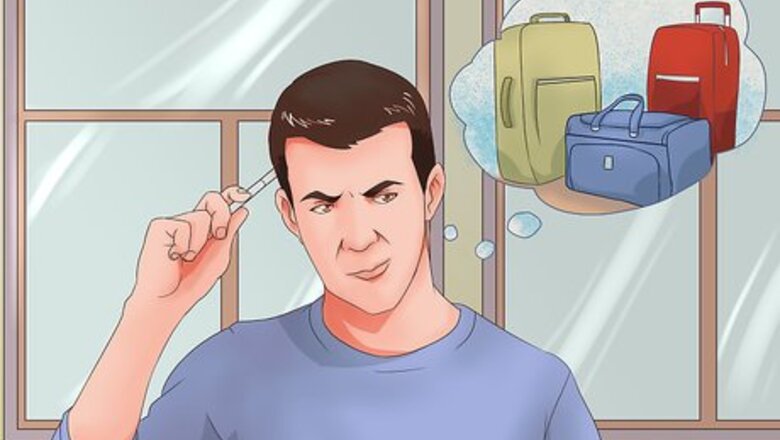
views
Packing Non-Essential Items
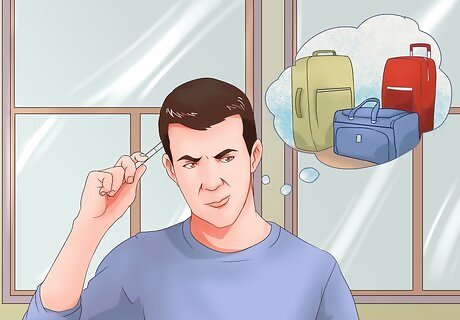
Determine what luggage you’re bringing. Odds are that you plan on bringing a carry-on bag to keep handy during the flight. Now decide whether you are packing enough items overall to warrant checking in additional baggage to be held in cargo. Rules regarding non-essential liquids and gels differ between carry-ons and checked baggage, so figure out what your options are. Non-essential liquids and gels (as well as aerosols, creams, and pastes) include: foods, beverages, cosmetics, toiletries, and inspect repellents.
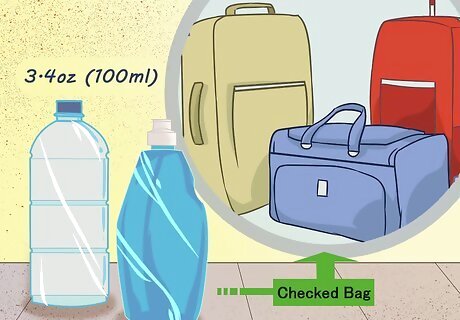
Use your checked baggage for large items. If you are bringing both a carry-on and checked baggage, sort your liquids and gels by size. Check the size of each container that you intend to bring. Pack any container larger than 3.4 ounces (100 ml/g) in your checked baggage. You can also pack smaller containers here if you don't need them during the flight. The size of the container is the determining factor, not the amount of liquid/gel left inside. So pack large containers in your checked baggage even if they’re almost empty. If possible, always use the original container describing what the product is, since unmarked containers may require closer inspection. This may lead to longer waits, confiscation, or even refusing your admittance. If you wish to use any of these items in-flight (like, say, toothpaste), purchase another size that is 3.4 ounces (100 ml/g) or smaller.
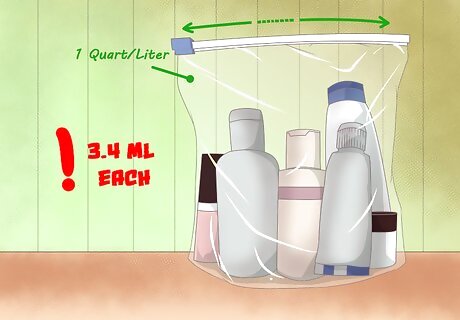
Store carry-on items in a clear bag. First, make sure that all of the non-essential liquids and gels that you intend to pack in your carry-on do not exceed 3.4 ounces (100 ml/g). If they do, purchase smaller sizes. Next, use a single clear, resealable 1-quart (1 L) bag to store them within your carry-on. Only one bag is allowed per person. If your 1-quart bag doesn’t fit all of your liquids and gels, use your checked baggage to pack those you won’t need inflight. If all you have is a carry-on, reevaluate what you’re bringing and leave behind whatever can be purchased at your destination. Each passenger is entitled to one 1-quart bag, so if you're travelling with someone else and they have room in theirs, utilize their bag, too. During passenger screening, you will be asked to remove your 1-quart bag from your carry-on for inspection. Rules specify that the bag must be clear in order to speed up this process.
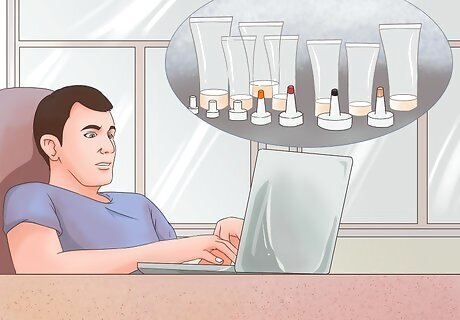
Prevent leaks and spills. Air pressure can affect your containers' lids and seals, so consider repackaging liquids and gels whose containers have weak or problematic seals. Search online or in stores for a 3-1-1 compliant kit. Use a funnel to pour each liquid or gel into one of the kit's clear tubes and seal it with the corresponding cap. As long as the new containers are 3-1-1 compliant, it's okay to transport liquids in a container without a label. Just expect the possibility of a closer inspection of each liquid during screening. As an alternative, you could remove the cap of the original container and use plastic wrap to create an additional seal before screwing the cap back on. As an added measure, you can pack each container in its own sandwich bag to prevent a bigger mess should one start to leak.
Including Essential Items in Your Carry-On
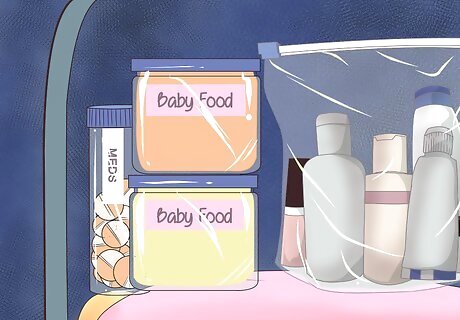
Keep essential items separate. If you need to bring medication, baby formula, breast milk, or baby food, do not include these in your 1-quart (1 L) bag for non-essential items. However, expect these items to possibly require closer inspection by security. So pack them so they are accessible and can be easily removed before screening begins. The size of the container does not matter with essential items. So don’t worry if it is higher than 3.4 ounces (100 ml/g). Security may also wish to inspect any accessories, such as syringes, IV bags, pumps, or milk warmers. Pack these for easy removal, as well.
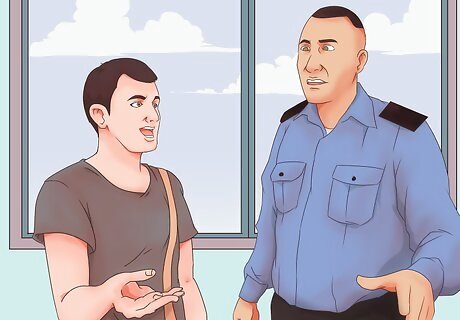
Inform the screeners. When it’s your turn to go through screening, inform the agents right away that you have medication and/or liquid containers that hold more than 3.4 ounces (100 ml/g). Also let them know if you have accessories that go along with it. Expect the agents to inspect your essential items by: Visual inspection X-ray screening Testing small samples
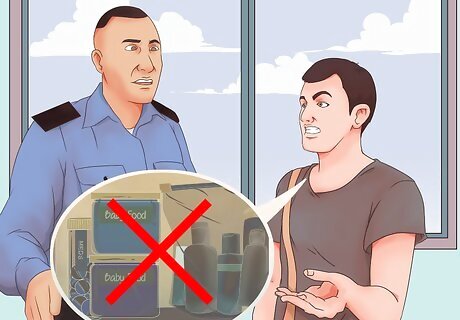
Let them know if you don’t want X-rays. First, keep in mind that the Food and Drug Administration (FDA) has concluded that liquids and medications exposed to X-rays are still safe to take afterward. However, if radiation from X-rays is still a concern for you, be aware that it is your right to refuse X-ray screenings for medication, breast milk, and baby formula. If desired, tell the agents that you don’t wish this when you present these items. Refusing X-rays may lead to other security measures. This could include a pat-down and/or a closer inspection of your other belongings.
Bringing Souvenirs Home
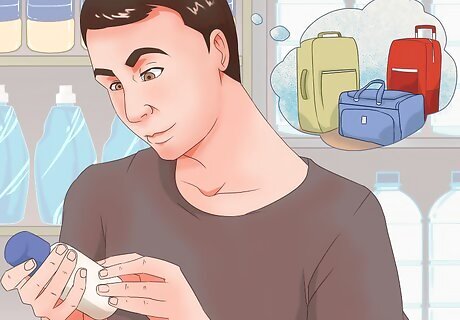
Shop with the return-trip in mind. If you have checked baggage, this is less of a concern, since you can pack liquids and gels weighing more than 3.4 ounces (100 ml/g) in that. However, if you only have a carry-on, remember that any liquid or gel souvenirs that you purchase must be that size or less. Also keep in mind that they will have to fit into your single 1-quart (1 L) bag for non-essential liquids and gels. Limit your purchases by size and quantity accordingly. Also keep this in mind when deciding on what non-essential items to bring on the flight there. To make room for the return-trip, consider only bringing items that you can jettison at the end of your stay.
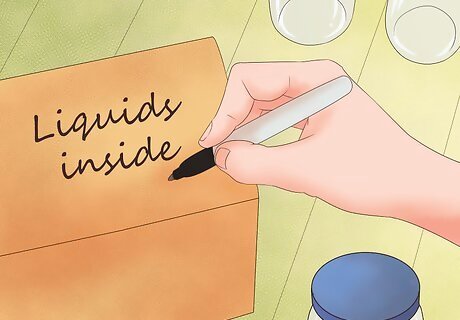
Ship items home. Make packing for the return trip that much easier by shipping liquid and gel souvenirs separately. Ask retailers if they offer shipping themselves. If not, bring your purchases to a parcel service like UPS, FedEx, or DHL to pack and ship your items home. If you are travelling internationally, be aware that your items may be subject to customs fees upon delivery, depending on the item and countries in question.
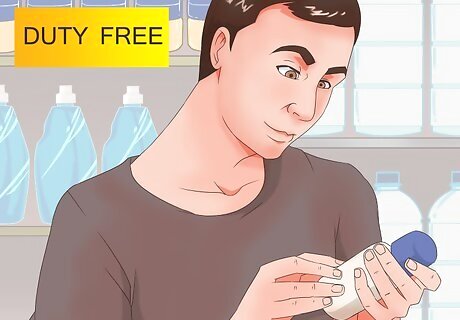
Shop duty-free. If you are travelling internationally, consider saving any souvenir shopping for liquids and gels for the flight back. Make your purchases before your flight at the duty-free stores located within the airport’s secure area. These items are exempt from carry-on rules, as long as: The sealed, clear security bag provided by the store at the time of purchase has not been opened or otherwise tampered with. You keep your receipt for inspection. The item was bought within the last 48 hours.













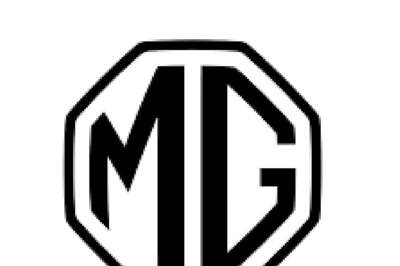
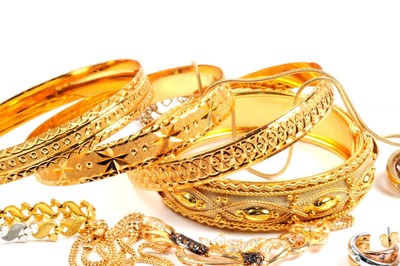


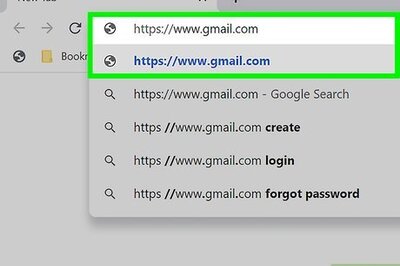

Comments
0 comment